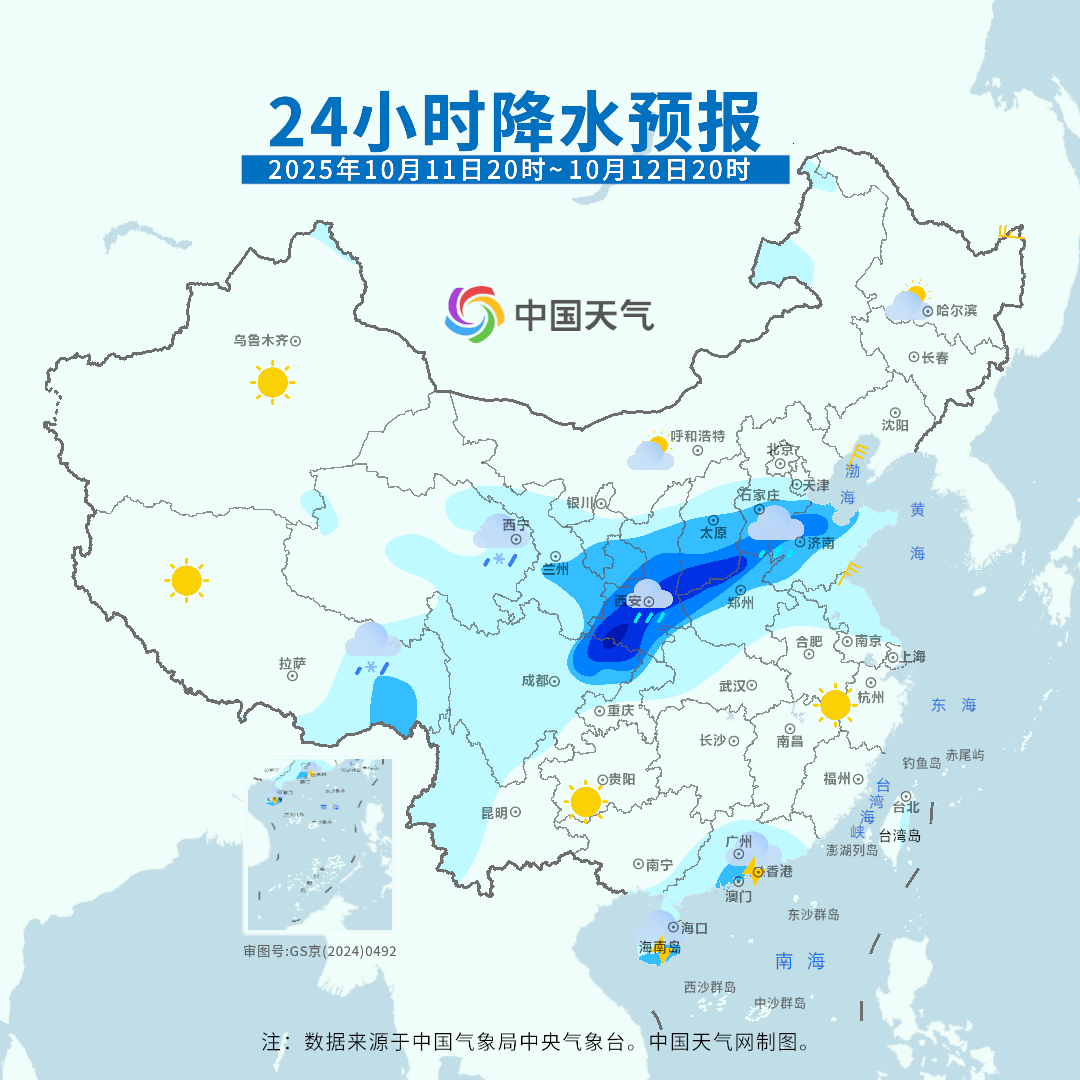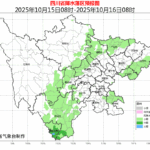Recent weather has everyone “waiting for different things.” People in the south are hoping for the intense heat to finally subside, while those in North China and surrounding areas are waiting for the persistent rain to stop and the sun to return. All this is set to change next Monday (October 13)…
Rainfall “Lasting Longer Than Expected”? These Areas Still Have More Rain Coming
For the past three days after the holiday, many areas in North China have experienced continuous overcast and rainy conditions. Places like Beijing, Tianjin, Hebei, northern Shaanxi, and Shanxi have seen ongoing rainfall, with some monitoring stations in Shaanxi, Shanxi, and Hebei recording cumulative rainfall exceeding 100 millimeters over three days – far exceeding the typical total precipitation for the entire month of October in this region.
Today, rainfall continues from the Sichuan Basin to southern North China, reaching the peak intensity of this current rainfall period. Monitoring shows that between 08:00 and 14:00, the heaviest rainfall occurred along the border between northeastern Sichuan and southern Shaanxi.
Tomorrow, the heavy rainfall belt will remain concentrated from northeastern Sichuan to southern North China. Areas including northeastern Sichuan, central and southern Shaanxi, southern Shanxi, southern Hebei, northwestern Shandong, and western and northern Henan will experience heavy to torrential rain, with some locations in northeastern Sichuan and southern Shaanxi experiencing severe downpours.
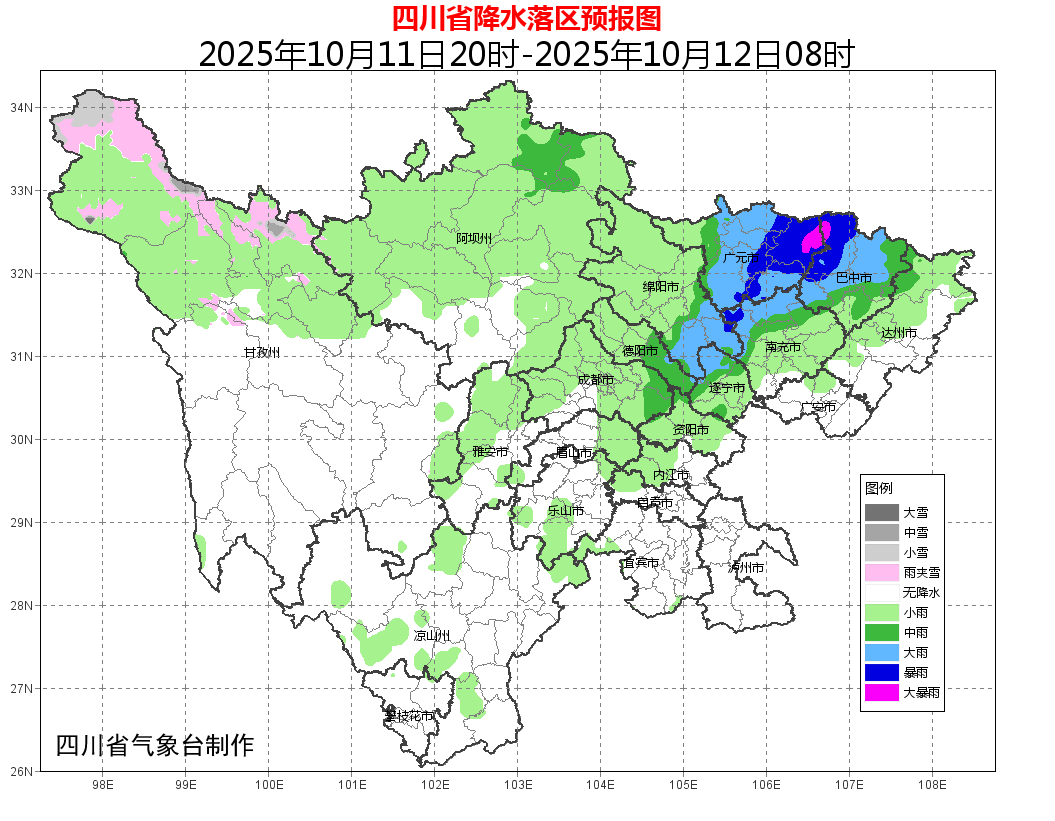
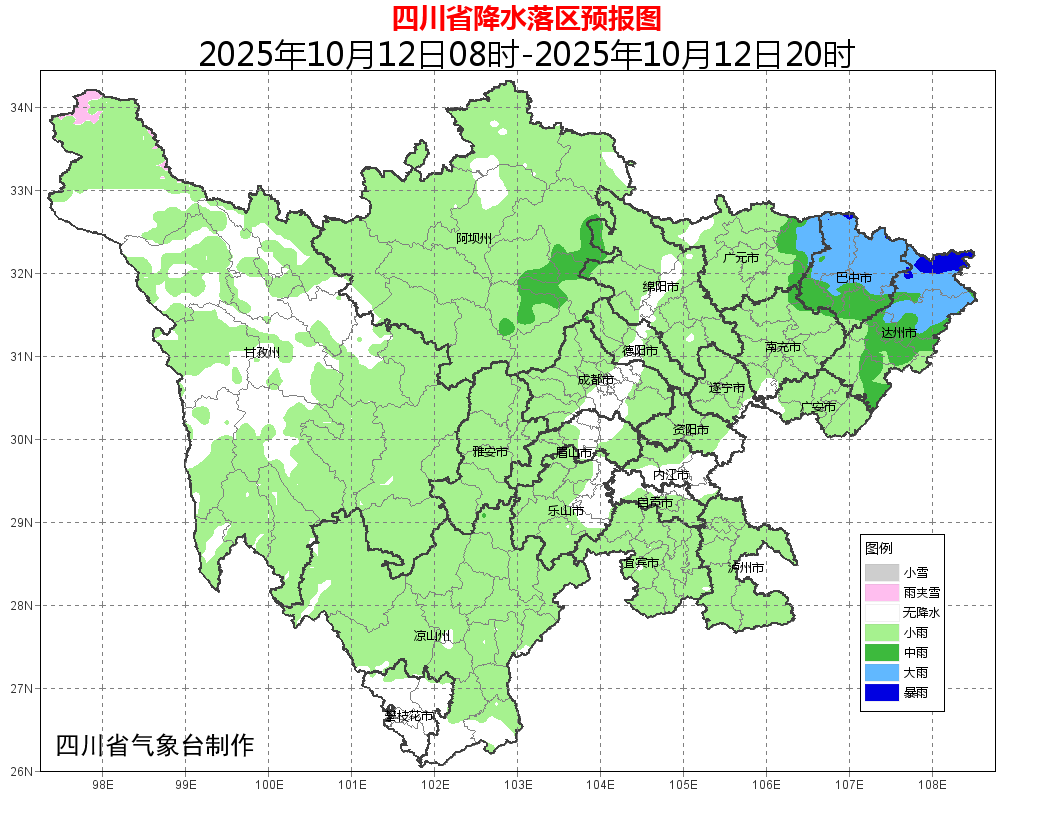
On the afternoon of October 11, the Sichuan Provincial Meteorological Observatory issued a blue rainstorm warning. It’s understood that from tonight (11th) to tomorrow (12th) daytime, all cities in the basin will have overcast skies with showers or thunderstorms, with moderate to heavy rain in eight cities including Guangyuan, Mianyang, Deyang, Chengdu, Bazhong, Nanchong, Suining, and Dazhou, with localized heavy downpours and isolated severe storms. When cold air affects the area, central and northern parts of the basin will experience northerly winds of 4-6 levels, locally reaching level 7 or higher. The western Sichuan plateau and Panxi region will have overcast to partly cloudy skies with showers or thunderstorms, with moderate rain in eastern parts of Aba Prefecture. Within 24 hours, the minimum temperature in the basin will range from 18-21°C.
It’s expected that over the next three days, the weather will gradually change from overcast to partly cloudy, with noticeable rainfall from tonight (11th) to tomorrow night (12th), featuring light to moderate rain and heavy rain in some eastern areas, accompanied by northerly winds of 4-6 levels, with some eastern areas experiencing winds of level 6 or higher. The maximum temperatures over the three days will be around 23°C, 26°C, and 27°C respectively. It’s noted that over the coming week, the minimum temperature in Chengdu has stabilized in the “teens.”
On the 13th, the rainfall belt will shift significantly southward, with rain finally expected to end in southern North China and other areas. However, some parts of northeastern Sichuan and northern Chongqing will still experience heavy to severe rain.
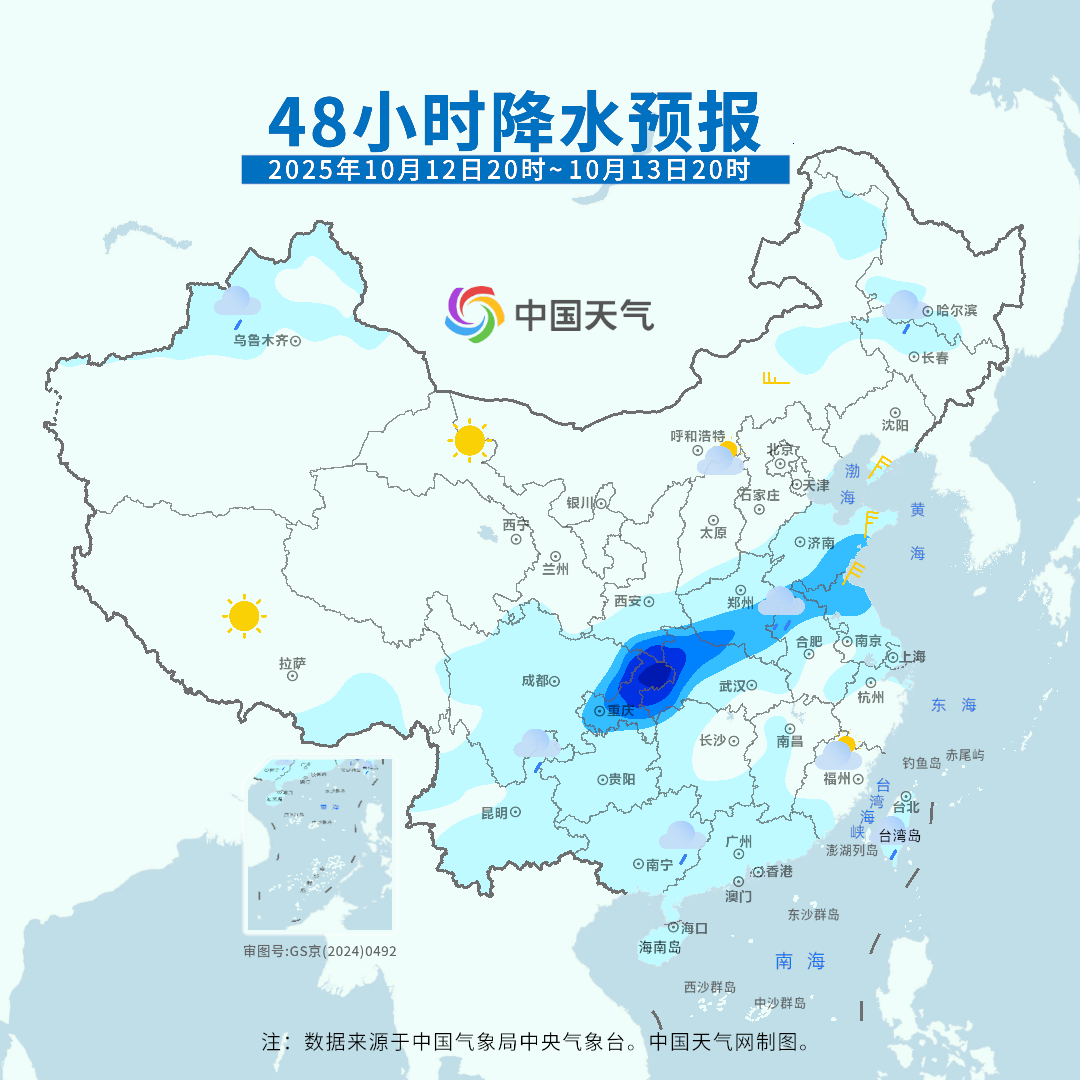
Although the rain in North China will stop, rainfall in western China, the Huanghuai region, and other areas will continue. It’s expected that until late October, these regions will experience two more rounds of rainfall.
From the 14th to 15th, southern Shaanxi, eastern Sichuan Basin, most of Huanghuai, and eastern Jianghuai will experience moderate to heavy rain.
From the 16th to 19th, central and southern Shaanxi, eastern Sichuan Basin, southern North China, Huanghuai, Jianghan, and Jianghuai will experience moderate to heavy rain with localized downpours.
<

